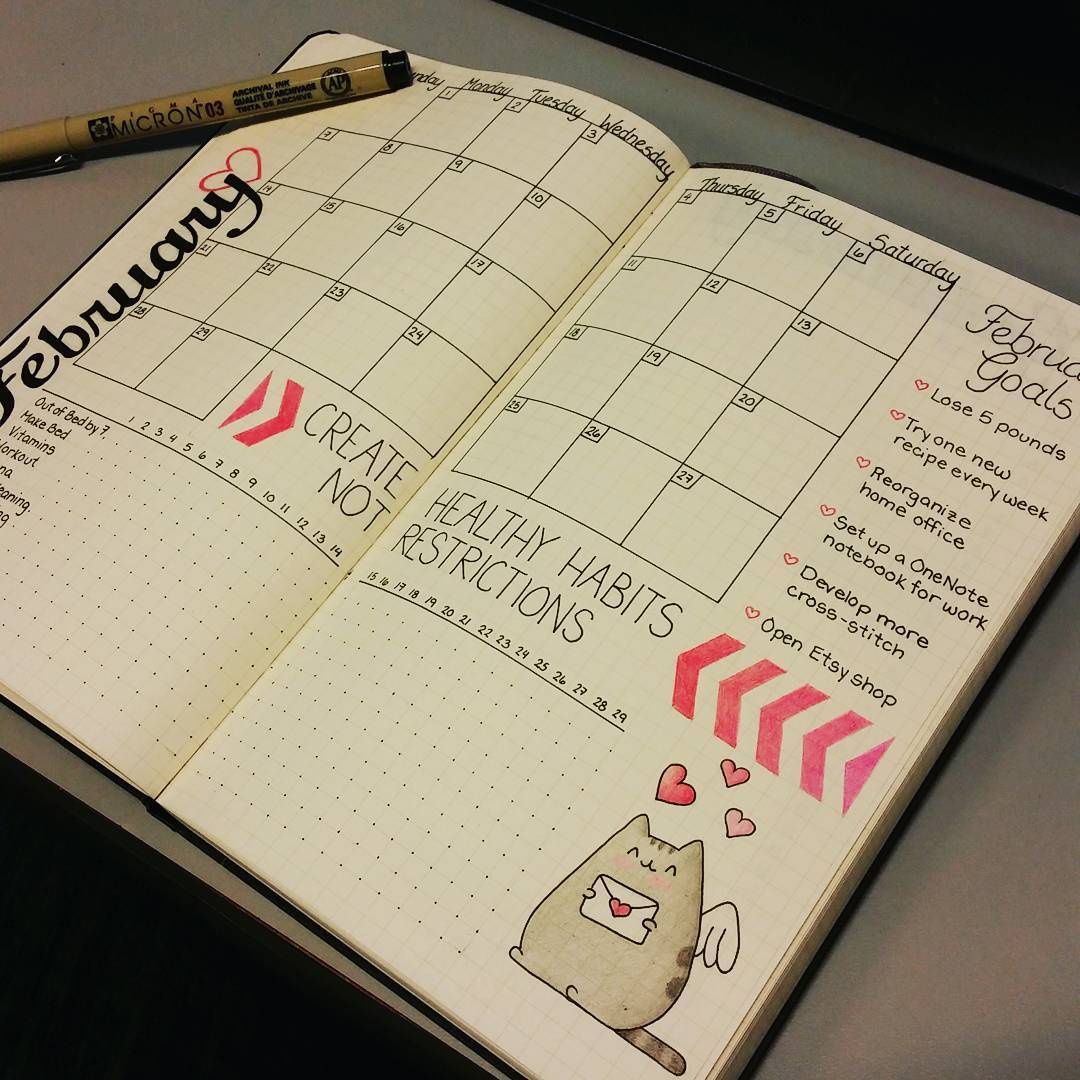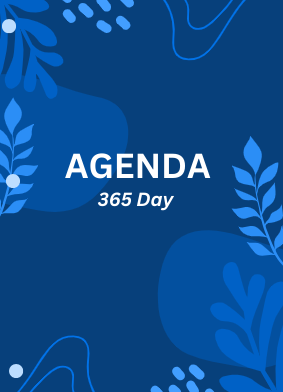Bullet journaling, created by Ryder Carroll has gained popularity as an effective method of personal organization combing planning, reflection, and creativity. It’s a method that allows individuals to track the past, organize the present, and plan for the future. Reasons that some start journaling is for a customizable and flexible way to reflect on your day or plan them. You can tailor the layout to suit your needs, whether it’s for your to-do lists, planning for long-term, habit tracking, or jotting down thoughts and ideas.
If you find yourself wanting to be more productive, Bullet journaling helps in organizing tasks, events, and deadlines in a readable and accessible way. It helps encourages prioritization and helps in breaking down larger goals into more manageable tasks that increasing productivity. Building a habit of regularly updating a bullet journal can be a practice that is proactive in the present and future, It allows for reflection on daily experiences, helping to clear the mind and focus on personal goals and well-being.
If you enjoy and engaging your creativity, bullet journaling is also an outlet express yourself. Whether through doodling, calligraphy, or designing layouts, it can be a fun and relaxing activity. Like I mentioned before on building a habit, bullet journals are excellent for habit tracking. Whether it’s reading habits, or learning new skills, a bullet journal can help keep you accountable and keep a visual representation of your progress.
And over time, a bullet journal becomes a collection of personal experiences, thoughts, and achievements. It can be a valuable keepsake that captures aspects of your life journey. At its core, bullet journaling is about simplicity. The basic requirements to start are just a notebook and a pen. This simplicity of bullet journaling may cater to those that prefer minimalist organizational tools.






